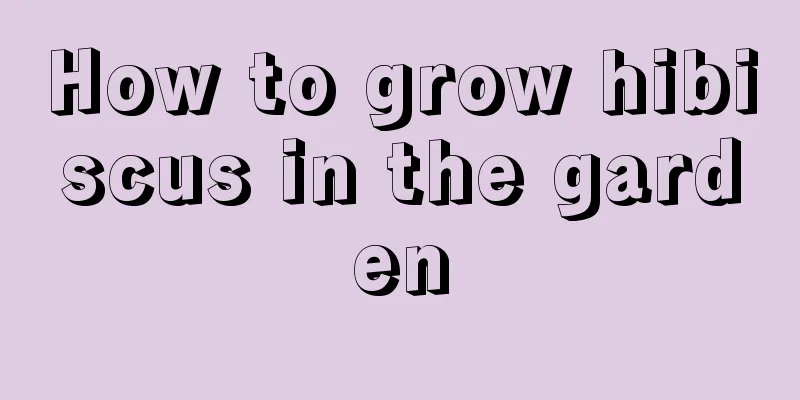Diseases and pests of Basglossum and their control methods

Diseases and control methods of BasgloboseSheath RustUsually occurring on the upper and lower sides of leaves and rarely on branches and stems, they appear as raised bracts filled with powdery spores that can be yellow, orange, rusty or even purple-black. Sheath rust does not cause the death of the plant or the leaves to fall off, but the growth rate of the entire plant will slow down and the growth will become weak. Prevention and treatment methodsWhen you find sheath rust on the leaves, cut them off in time. You can spray with 500-600 times diluted 65% Zineb powder or copper-containing fungicide. Sclerotium rolfsiiThis disease often occurs during the rainy season. In the early stages of the disease, the base of the leaves is covered with white mycelium. In the later stages, when the disease becomes serious, the rhizomes rot and the plants die. Prevention and treatment methodsReplace the potting soil in time, disinfect the soil with high temperature before repotting, and sprinkle pentachloronitrobenzene powder or lime. During normal maintenance, pay attention to more ventilation, more light, and keep the drainage system of the potting soil good. Severely diseased plants should be removed and burned promptly. anthraxIt can occur at any time of the year, but is more common in hot and rainy seasons. The spots spread from the leaf tips to the rhizomes. They are brown at first, then gradually expand and increase in number, and many dry black spots appear. In severe cases, the plant dies. Prevention and treatment methodsDuring the disease period, you can first spray 800-1500 times of 50% methyl thiophanate wettable powder once every 7-10 days; then supplement it with 1% equal-volume Bordeaux mixture once every half a month, and spray continuously for 3-5 times. Pests of Basglossum and their control methodsScale insectsCommonly known as "orchid lice", they reproduce fastest under conditions of high temperature, high humidity and poor air circulation. It will suck the juice from the leaves of the bracteata, causing the leaves to fall off, the plant to grow slowly, and in severe cases, the plant to die. Prevention and treatment methodsDuring the hatching period of scale insects, spray with 1% omethoate or 1500 times 50% malathion. If there are not many bracts grown at home, you can remove them manually. |
<<: Diseases and Pests of Plane Flower and Their Control
>>: Diseases and Pests of Viola serrata and Their Control
Recommend
What is the best season to plant ginkgo trees? What is the best month to plant ginkgo trees?
When planting ginkgo trees, it is best to choose ...
Can a bayberry tree be planted at the doorstep?
Can bayberry trees be planted at the doorstep? It...
How to grow pennywort in soil until it overflows the pot?
The pennywort is one of the most common small aqu...
How to grow hydroponic green radish beautifully
Choose the right hydroponic object Hydroponic bra...
The efficacy and value of Verbena
1. Urban beautification value Have you noticed th...
How to grow tiger flower
How to grow tiger flower Cultivation medium The b...
What kind of fish is suitable for the lotus tank?
1. Betta The planting environment of lotus is poo...
What to do if succulent plants grow taller but not fatter
1. Solution 1. Get more sunlight: When growing su...
How to care for hydrangea after its blooming period
1. Appropriate light The flowering period of Cymb...
Cultivation methods and precautions of Dracaena
1. Breeding methods 1. Soil: It prefers loose and...
How to manage hydrangeas in winter?
Hydrangea , with its large flower balls and color...
Cultivation methods and precautions of creeper, what to do if you apply too much fertilizer
1. Breeding methods 1. Light: Ivy has strong vita...
What flowers are suitable for growing in Tonghua? What are the city flowers and trees?
1. Climate characteristics of Tonghua Tonghua has...
Is it too late to plant autumn cucumbers now?
Cucumber is one of the most common vegetables on ...
How often should I water the fortune tree with beer?
1. How often should I water? When watering the mo...









